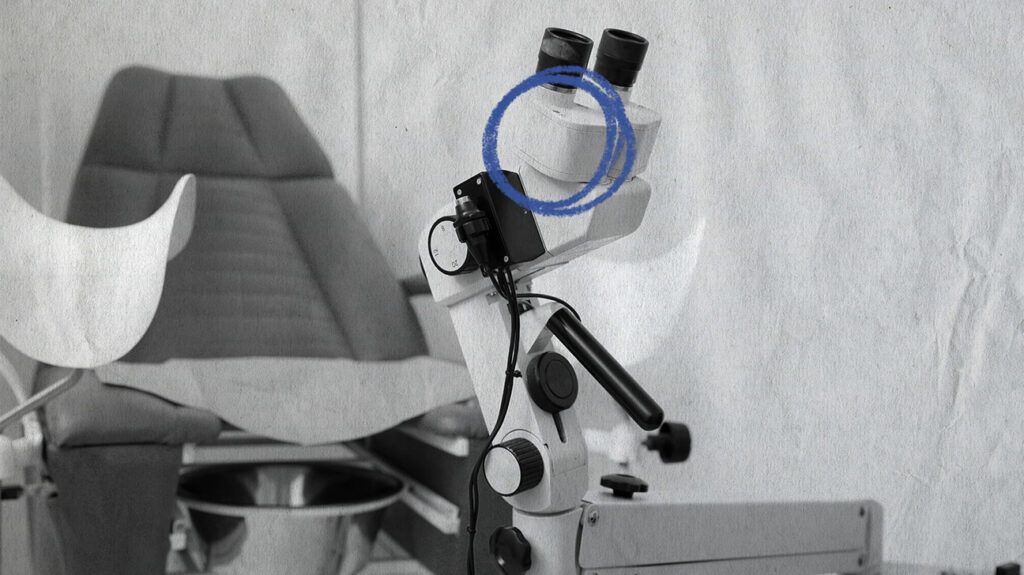Pre-cervical cancer refers to atypical changes in the cervix. Experts grade these changes based on the extent of the cellular abnormalities.
Not everyone with atypical cervical cells develops cervical cancer. Often, these cells disappear on their own. However, sometimes, these abnormal cells can turn into cervical cancer.
This article provides an overview of the types of pre-cervical cancer, potential next steps after a precancerous diagnosis, treatment options, and the outlook for people with precancerous cells in their cervix.
What is pre-cervical cancer?

Pre-cervical cancer, also known as cervical dysplasia, refers to atypical growth patterns on the cervix. These growth patterns are not cancer, but they
Cervical intraepithelial neoplasia (CIN) is the medical term for these precancerous changes. Doctors and healthcare professionals categorize them as CIN1, CIN2, and CIN3.
- CIN1 (mild dysplasia or low-grade squamous intraepithelial lesion): CIN1 indicates mild dysplasia. Most people with CIN1 do not require treatment because the body can often clear these mild changes on its own.
- CIN2 or CIN3 (moderate to severe dysplasia or high-grade squamous intraepithelial lesion): CIN2 and CIN3 indicate more severe cellular changes. Treatment is necessary for CIN2 if it progresses to CIN3 or does not go away in
1-2 years . CIN3 almost always requires treatment to prevent it from becoming cervical cancer.
What to do if you receive abnormal screening test results
If a person’s Pap smear or HPV test shows atypical results, a doctor
A colposcopy is a minimally invasive procedure that allows doctors to closely examine the cervix using a magnifying instrument called a colposcope.
During a colposcopy, a doctor may also perform a cervical biopsy to collect tissue samples from any atypical-looking areas on the cervix. A biopsy can help determine the severity of the cellular changes and whether further treatment is necessary.
Learn more about normal and abnormal colposcopy results.
Symptoms of pre-cervical cancer
Pre-cervical cancer does not
However, early cervical cancer may cause symptoms such as:
- abnormal vaginal bleeding
- increased vaginal discharge
- pain during sexual intercourse
- menstrual changes
- pelvic pain
It is important to note that these symptoms are not specific to cervical cancer and can indicate an underlying condition such as endometriosis, fibroids, or an infection.
People with these symptoms should see a healthcare professional for further evaluation.
Learn more about the symptoms of cervical cancer.
Causes of pre-cervical cancer
About
The HPV vaccine, which experts
Learn about HPV-negative cervical cancer.
Risk factors for pre-cervical cancer
Other factors that
- having a weakened immune system
- smoking
- contracting certain sexually transmitted infections (STIs), such as chlamydia or gonorrhea
- having a family history of cervical cancer
- having had three or more full-term pregnancies
- using oral contraceptives long term
- having multiple sexual partners
Learn what causes cervical cancer other than HPV.
Diagnosing pre-cervical cancer
Doctors diagnose pre-cervical cancer via screening tests such as Pap smears and HPV tests.
They may also perform a colposcopy and biopsy if the initial results indicate atypical cells in the cervix.
Learn how MRI scans can help diagnose cervical cancer.
Treatment for pre-cervical cancer
Treatment options depend on the severity of the cervical cell abnormalities.
Treatment options for pre-cervical cancer and early cervical cancer may include:
- loop electrosurgical excision procedure (LEEP)
- cryotherapy or cryosurgery
- cone biopsy or cervical conization
Learn about immunotherapy as a treatment for cervical cancer.
Outlook for pre-cervical cancer
According to the Canadian Cancer Society, most people with pre-cervical cancer have a good outlook, especially if they receive early treatment.
Regular cervical cancer screening in the form of Pap tests and HPV tests is key to catching precancerous changes early. These tests can identify atypical cells before they become cancer, giving the best chance for a positive outcome.
Is it curable?
Precancerous cervical changes are not curable in the traditional sense since they are not yet cancerous. However, therapies like LEEP, cryotherapy, and cone biopsy can effectively remove abnormal cells.
Learn about the survival rates of cervical cancer.
Summary
An atypical Pap smear or HPV test result does not necessarily mean a person has precancerous changes or cervical cancer. However, it does signal the need for a follow-up examination and possible treatment.
Early detection and prompt treatment can significantly improve the outlook for people with pre-cervical cancer.
